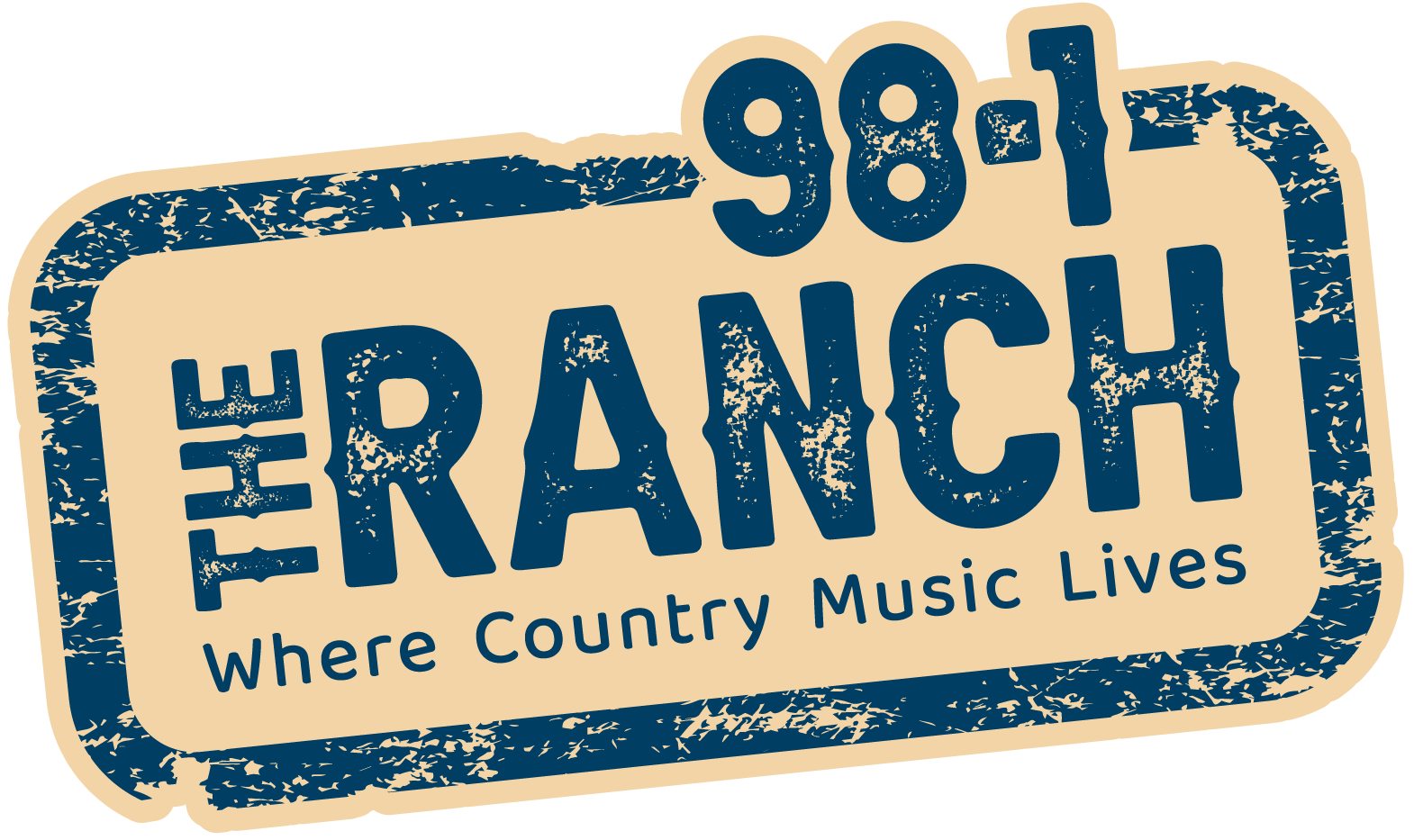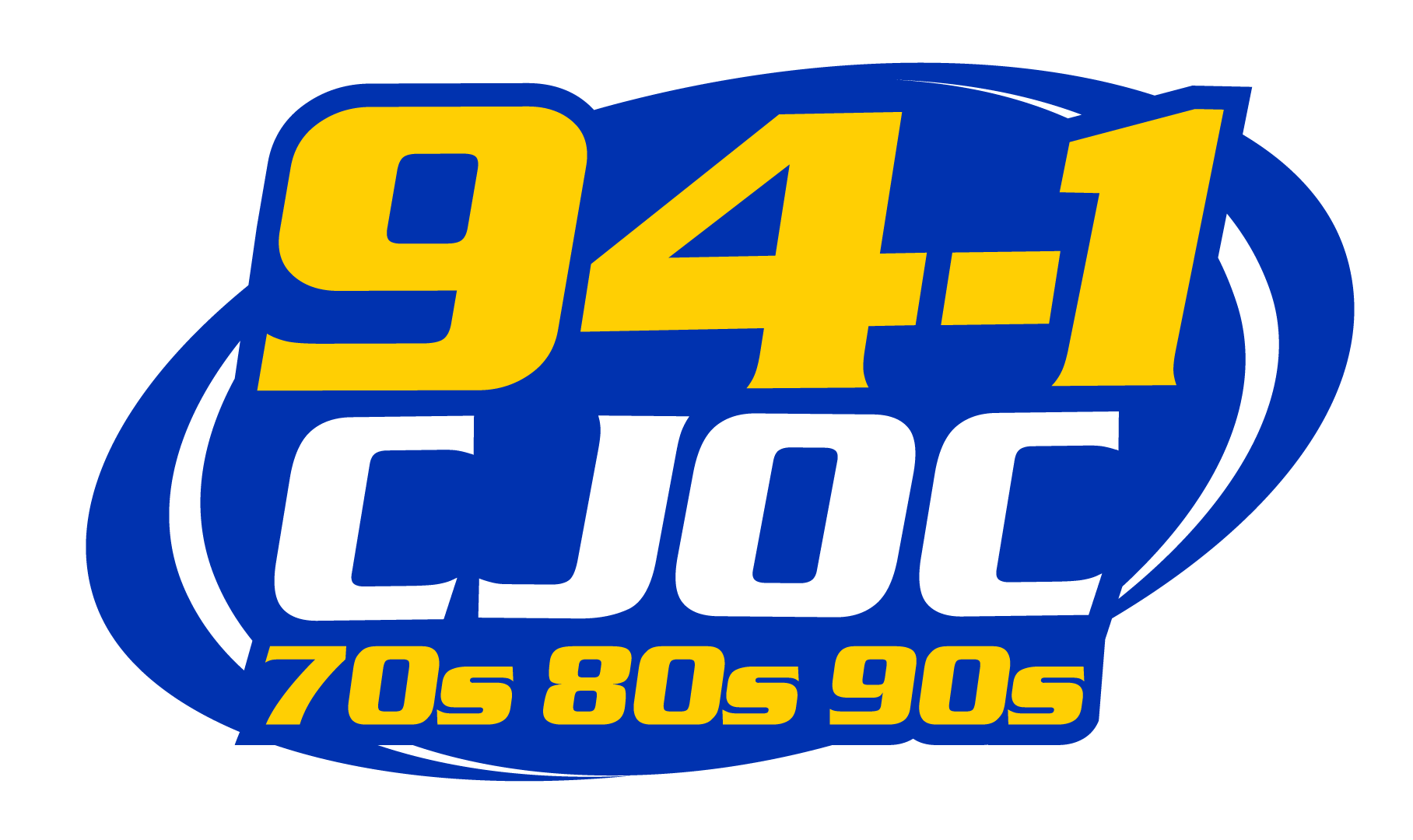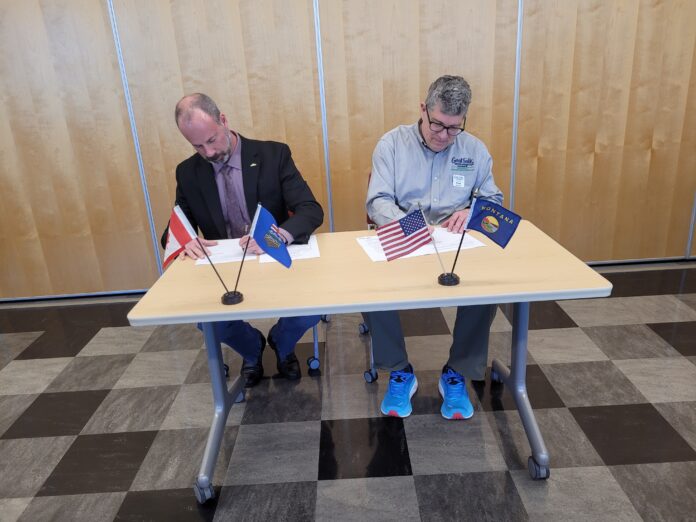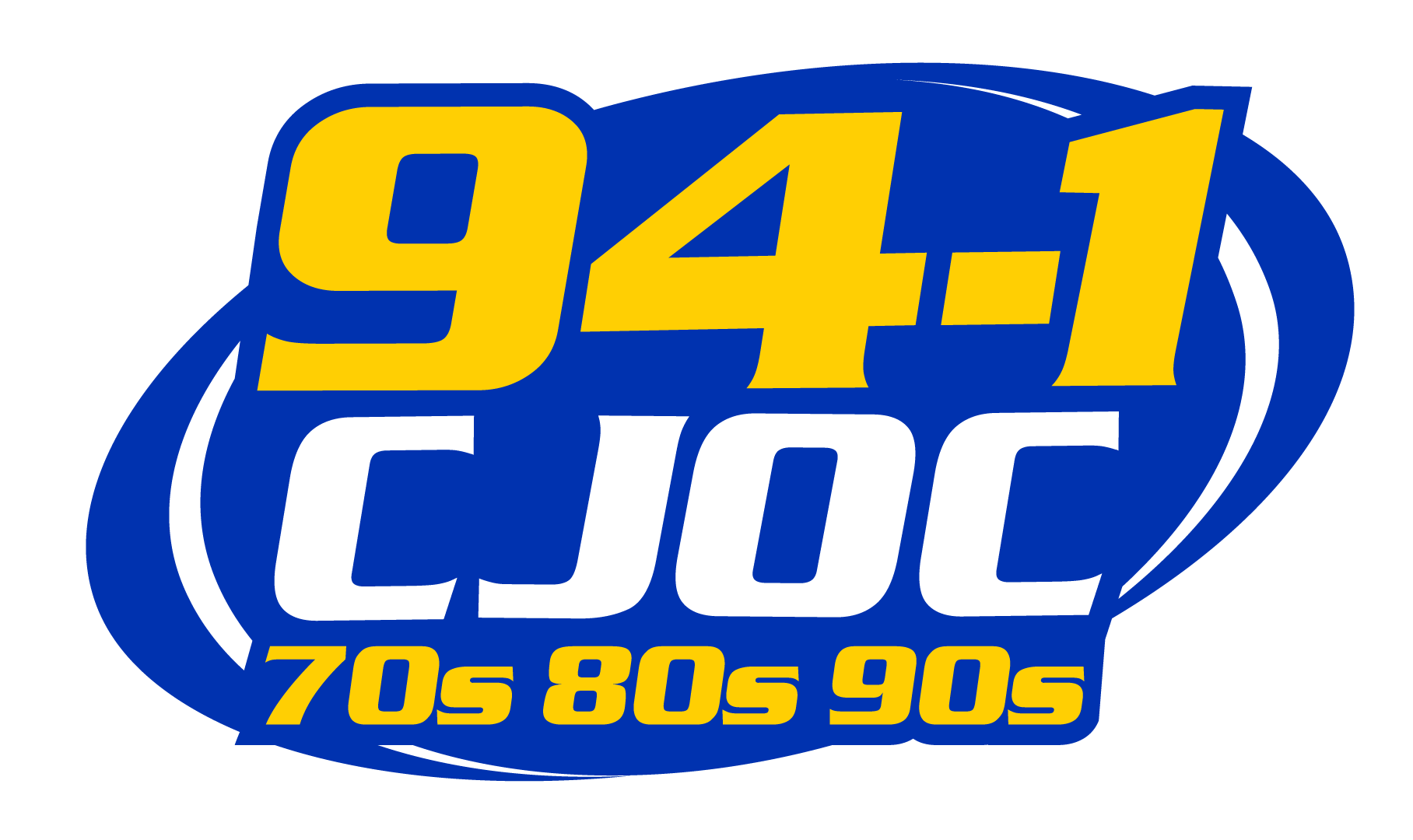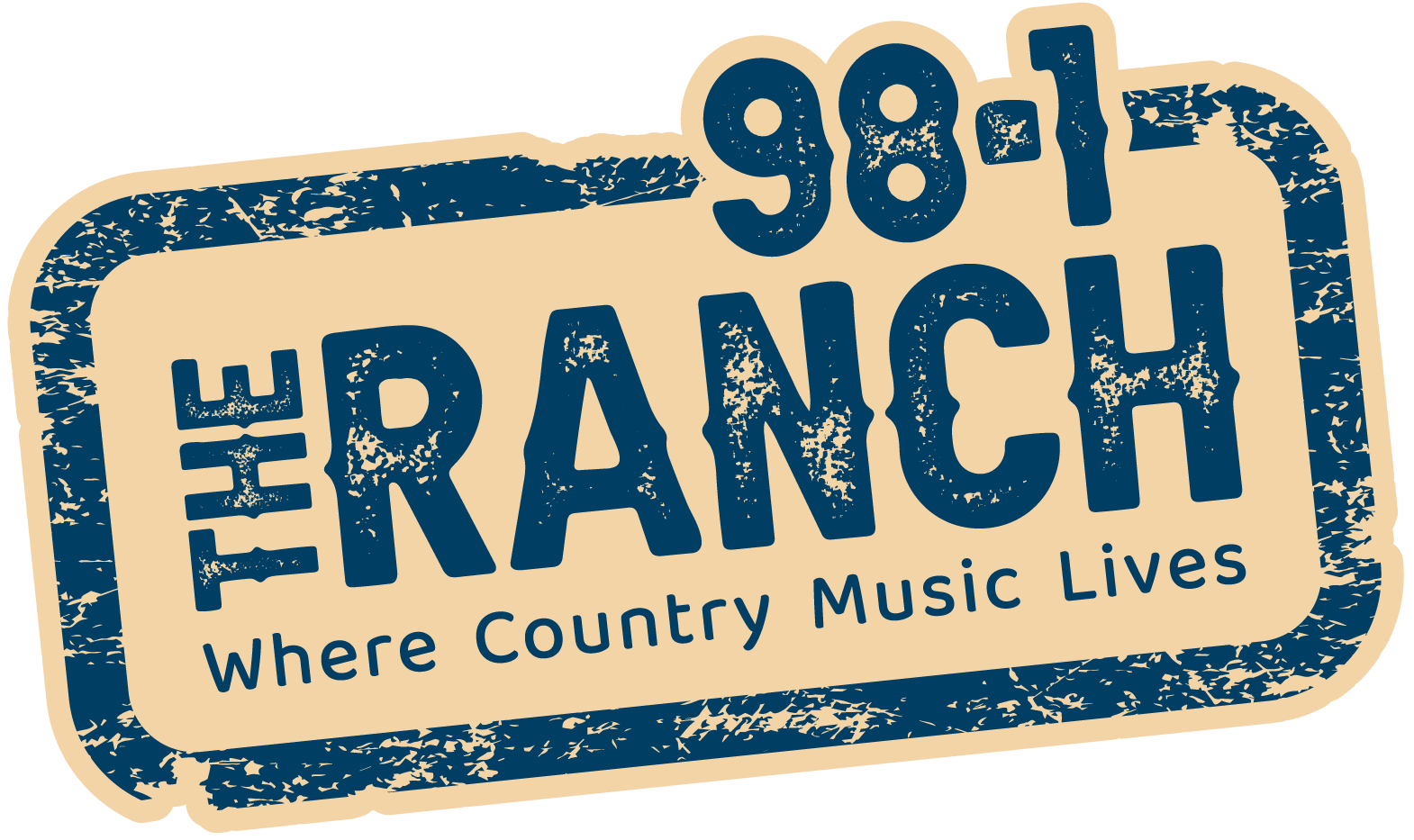This week, Economic Development Lethbridge hosted the Great Falls Development Alliance from Montana with a tour of southern Alberta and the signing of a memorandum of understanding between the two organizations.
President and CEO Brett Doney says the GFDA serves Great Falls, Montana and the surrounding region, all the way up to the Canada/U.S. border. “We started to look at the similarities, particularly the importance of agriculture, food and agri-processing to our regions.”
“We don’t see each other as competitive regions. We have so many businesses, farmers and ranchers that are doing cross-border traffic.”
From a business attraction standpoint, Doney adds, there are not many cross-border partnerships. “Being to tout the assets of the entire region, whether it’s the amount of different types of things grown or raised or it’s things like the university and college assets, it helps us as two relatively small regions in the world to increase the assets we have to sell.”
Lethbridge is only two-and-a-half hours away from Great Falls, notes Doney, and it’s bigger. “There’s a lot of people crossing the border on a regular basis. Calgary is the closest large metro area to Great Falls. It’s a natural fit.”
“Every economic development organization is a bit different, but we found the way EDL approaches things is the same way we do. We believe in doing a lot of market research and targeting our attraction efforts. It makes it easier because we operate in similar ways,” says Doney.
EDL’s CEO Trevor Lewington says Great Falls has a very similar economy and investment priorities to Lethbridge.
“We’ve been talking locally about Canada’s western gateway, this corridor along Highway 4. It’s part of the CANAMEX corridor. Now you’ve got Lethbridge and Great Falls actively working together to strengthen what’s possible in that corridor. There’s a lot of advantages for us,” says Lewington.
Fundamentally, Lewington explains, the MOU is about collaboration and cooperation. “We think somewhat similar to our friends in Great Falls. They approach business the same way. We have similar priorities. The MOU basically says we are committing to each other. To work more collaboratively together.”
On a global stage, adds Lewington, Alberta is not very well-known from an investment attraction perspective.
“Canada has a pretty good brand, but Alberta is quite small on the global stage and certainly Lethbridge is smaller. I don’t think a lot of people travelling internationally know what a ‘Lethbridge’ is. Great Falls has a similar problem in the context of Montana and more broadly the U.S. By working together, if we can create a regional attraction strategy, we can give international companies an option to look at a Canada or U.S. location – which best suits their needs. But if we go to market as a region, that’s much more powerful in terms of capturing people’s attention and getting them excited about what’s possible here,” says Lewington.
Agri-food processing is a key priority for both regions, Lewington adds. “Canada’s premiere food corridor is here and it’s a key driver for our economy and it’s very similar in Montana, particularly in the Great Falls area.”

